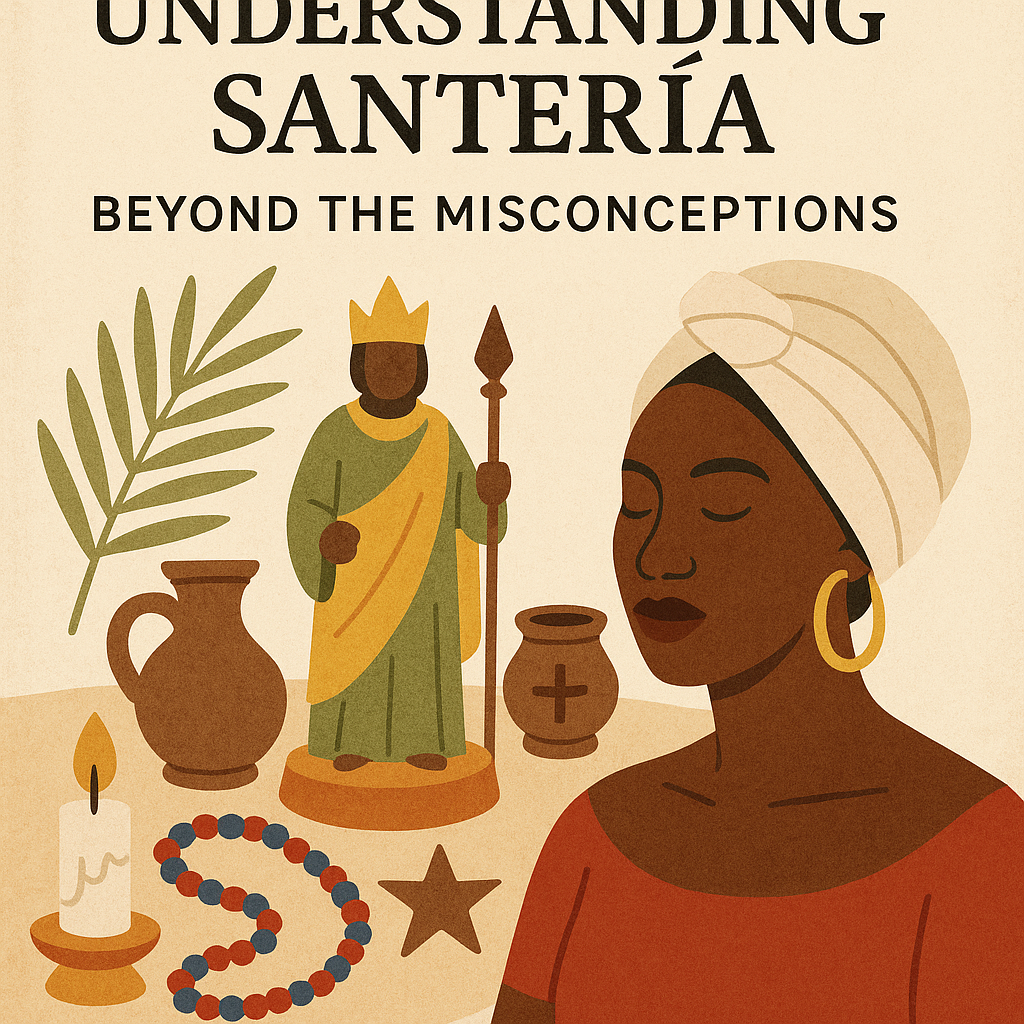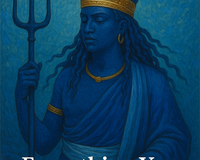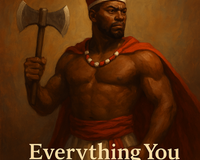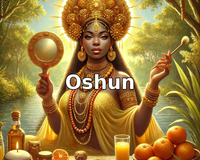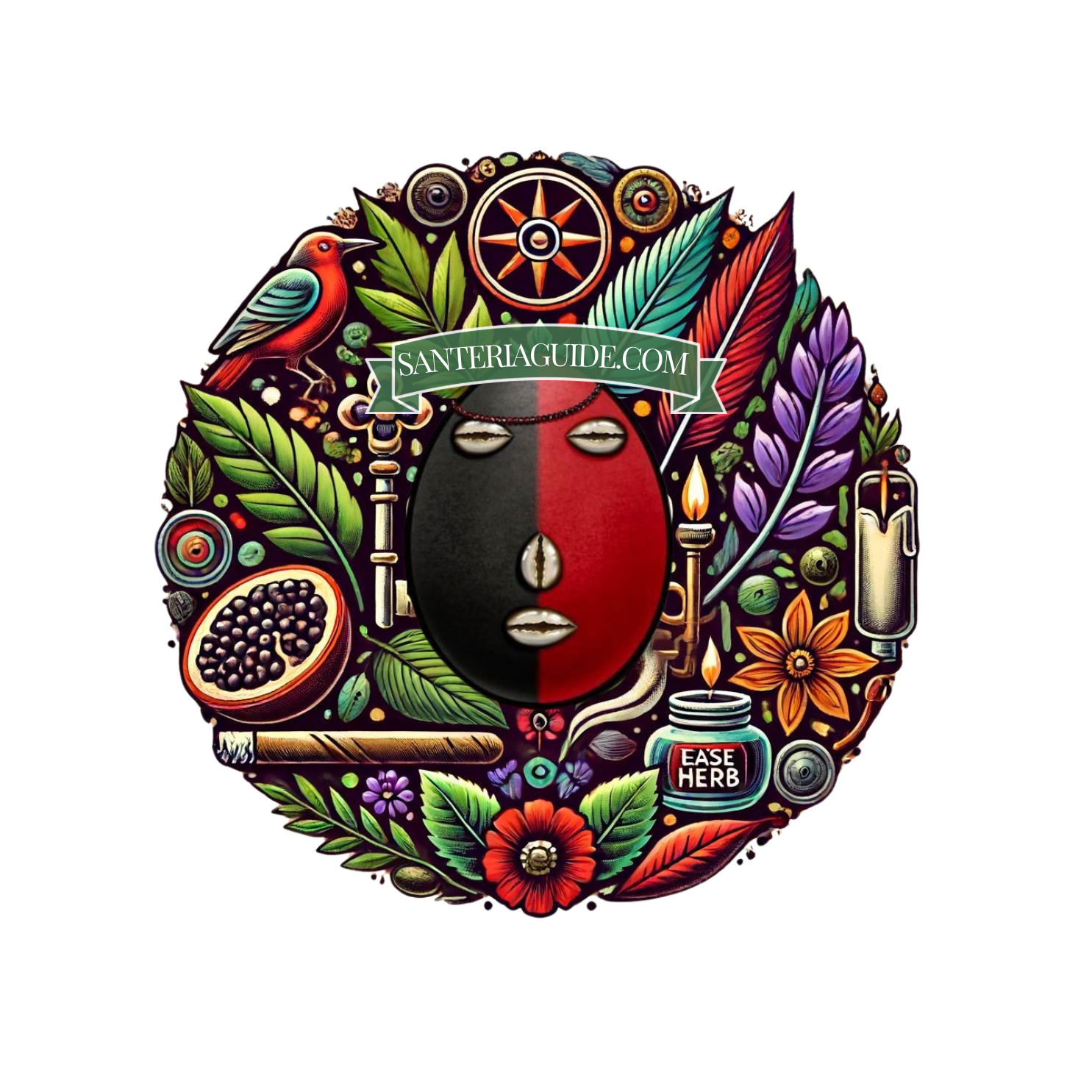- Misconceptions About Santeria!
- Understanding Santería: Beyond the Misconceptions
- The Colonial Gaze and Religious Persecution
- Common Misconceptions About Santería
- Conflation with "Voodoo" and Black Magic
- The Role of Ceremonial Objects in Santería Practice
- Beyond "Idolatry": Understanding Sacred Implements
- Animal Sacrifice: Context and Ethical Considerations
- Ritualized Offerings and Environmental Responsibility
- Initiation and Spiritual Development
- The Journey Beyond Stereotypes
- Cultural Appropriation vs. Respectful Engagement
- Honoring Boundaries and Traditions
- Frequently Asked Questions About Santería
- Embracing Authentic Spiritual Practice
- Finding Reliable Resources and Community
Understanding Santería: Beyond the Misconceptions
Santería, also known as Regla de Ocha or Lucumí, remains one of the most misunderstood spiritual traditions in the Western world. Despite its profound theological system and ethical principles, misconceptions abound—often stemming from colonial perspectives, Hollywood portrayals, and cultural appropriation. This African diasporic religion, with roots in Yoruba traditions, traveled to Cuba during the transatlantic slave trade, where it evolved while preserving core African cosmological concepts. Today, it thrives as a vibrant spiritual practice embraced by diverse communities worldwide.
The Colonial Gaze and Religious Persecution
The misrepresentation of Santería began during colonial times when European powers systematically suppressed African spiritual practices. Spanish colonizers in Cuba labeled these traditions as "primitive" or "demonic," forcing practitioners to conceal their rituals behind Catholic iconography. This historical context established a foundation for contemporary misconceptions. Practitioners faced persecution, their ceremonies criminalized, and their religious objects confiscated. This persecution didn't merely represent religious intolerance—it constituted a deliberate campaign to eradicate cultural resistance and enforce colonial hegemony.
"When they forbade our drums, we learned to speak through the saints. When they banned our gatherings, we found communion through secrecy. Santería survived not despite persecution, but transformed by it." — Lydia Cabrera, Cuban anthropologist
Common Misconceptions About Santería
Conflation with "Voodoo" and Black Magic
Perhaps the most pervasive misconception equates Santería with "black magic" or erroneously conflates it with Vodou (often mispronounced as "voodoo"). This reductionist view ignores the tradition's sophisticated cosmology and ethical framework. Santería centers on cultivating balanced relationships with divine forces called Orishas—archetypal energies that govern different aspects of nature and human experience. Elegua, the guardian of crossroads and opportunities, opens pathways between the human and divine realms. Shango embodies justice, drumming, and thunder. Oshun represents fresh waters, beauty, and prosperity, while Oya governs transformations, winds, and the cemetery gates. These Orishas demand ethical conduct, personal growth, and community responsibility from devotees.
Authentic Santería practices involve elaborate ceremonies, divination systems like diloggun (cowrie shell reading), and rituals designed to align practitioners with cosmic harmony—not to manipulate or harm others. The relegation of these practices to "witchcraft" reveals more about Western religious biases than about Santería itself.
The Role of Ceremonial Objects in Santería Practice
Beyond "Idolatry": Understanding Sacred Implements
Another persistent misconception characterizes Santería practitioners as "idol worshippers." This fundamental misunderstanding fails to recognize the sophisticated theology underpinning ceremonial objects. In Santería, physical items serve as conduits for ashe—the divine energy or life force that animates the universe. Ritual implements, from elaborate thrones (tureens) to beaded necklaces (elekes), function as energetic technologies that help practitioners connect with specific Orisha energies.
For initiates seeking to deepen their connection with the Orishas, incorporating authentic ceremonial objects into their practice represents an essential aspect of spiritual development.
Handcrafted Orisha pendants, like those created by traditional artisans, serve as powerful spiritual anchors during daily life. These sacred objects carry consecrated energy and connect practitioners to their guardian Orishas even when away from their home altars.
Animal Sacrifice: Context and Ethical Considerations
Ritualized Offerings and Environmental Responsibility
Few aspects of Santería generate more misunderstanding than animal offerings. Contrary to sensationalized portrayals, these rituals follow strict protocols governed by necessity, humane treatment, and complete utilization of the animal. Animals offered to Orishas are typically consumed by the community afterward, eliminating waste. This practice parallels kosher or halal traditions, where spiritual significance accompanies food preparation.
Furthermore, contemporary Santería communities increasingly adapt practices to modern contexts. Many ceremonies now substitute animal offerings with fruits, vegetables, or symbolic representations when appropriate. This evolution demonstrates the tradition's capacity for ethical adaptation while maintaining spiritual efficacy.
Initiation and Spiritual Development
The Journey Beyond Stereotypes
Initiation into Santería represents a profound spiritual commitment rather than exotic experimentation. The path involves progressive spiritual development under qualified religious elders (olorishas). Contrary to popular misconceptions, these processes emphasize personal transformation, ancestral healing, and community responsibility—not acquiring magical powers or social status.
The initiation sequence follows a carefully structured progression that may include:
- Receiving elekes (beaded necklaces) consecrated to specific Orishas
- Undergoing the Warriors ceremony to receive Elegua, Ogún, Ochosi, and Osun
- Receiving kariocha (making Ocha) in a week-long or even longer ceremony culminating in rebirth as a priest/priestess
- Completing a year as iyawó (bride of the Orisha) under specific restrictions
- Continuing lifelong learning and spiritual development
Cultural Appropriation vs. Respectful Engagement
Honoring Boundaries and Traditions
As interest in African diasporic traditions grows, distinguishing between cultural appreciation and appropriation becomes crucial. Authentic engagement with Santería involves recognizing its historical context, seeking proper instruction from initiated elders, and respecting religious boundaries. The commercialization of Orisha imagery without understanding theological contexts or the extractive adoption of ritual elements represents harmful appropriation that divorces practices from their spiritual foundations.
Responsible spiritual seekers approach Santería with humility, acknowledging the tradition's cultural sovereignty and seeking permission before participation. This respectful engagement helps preserve the tradition's integrity while allowing sincere spiritual connection.
Frequently Asked Questions About Santería
| Question | Answer |
|---|---|
| Is Santería a form of devil worship? | No. Santería doesn't recognize the Christian concept of the devil. The tradition centers on cultivating balanced relationships with Orishas (divine forces) and ancestors to achieve spiritual harmony. |
| Can anyone practice Santería? | While anyone sincerely called to the tradition can potentially practice, authentic Santería requires proper initiation and instruction from qualified elders. Self-initiation contradicts the tradition's communal nature. |
| Does Santería involve harming others through spells? | Ethical Santería practice emphasizes healing, protection, and spiritual balance—not harming others. While protective work exists, practitioners face religious consequences for unethical behavior. |
Embracing Authentic Spiritual Practice
Finding Reliable Resources and Community
For those drawn to Santería as a spiritual path, cultivating discernment becomes essential. Authentic practice requires finding reputable teachers, using traditionally crafted ceremonial implements, and understanding the historical context of this profound tradition. By moving beyond misconceptions toward respectful engagement, sincere seekers can discover the transformative wisdom Santería offers—a sophisticated spiritual system that has sustained communities through centuries of adversity.
The journey into Santería begins not with exotic fascination but with humble learning, community connection, and the recognition that this living tradition continues to evolve while maintaining its essential integrity. Through this approach, practitioners discover not just rituals but a comprehensive worldview that offers profound insights into human existence, cosmic harmony, and spiritual transformation.

